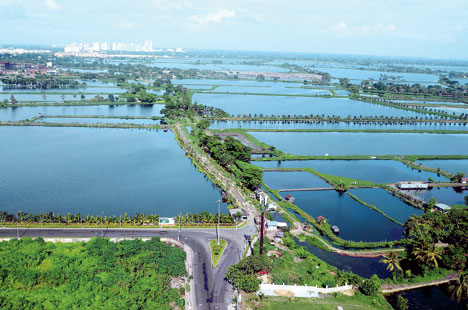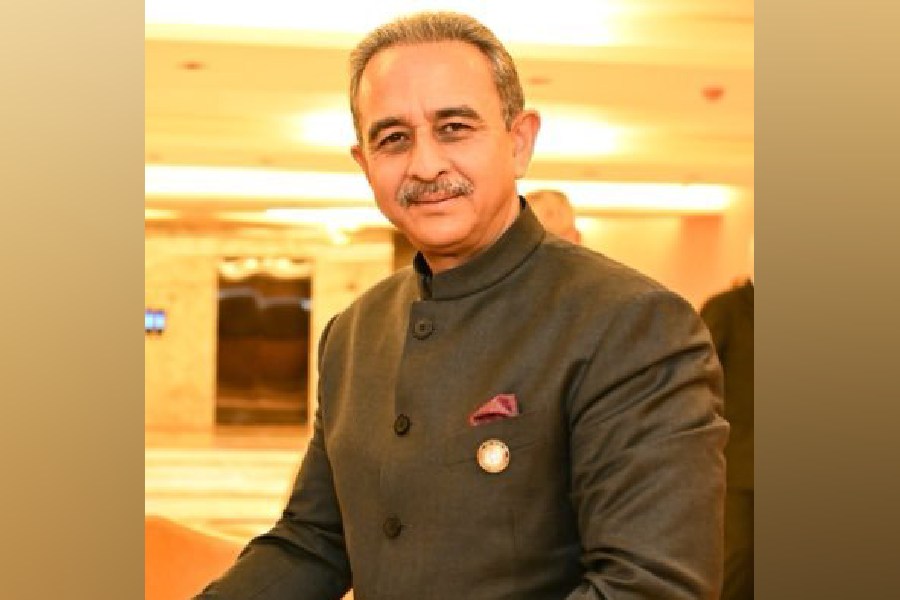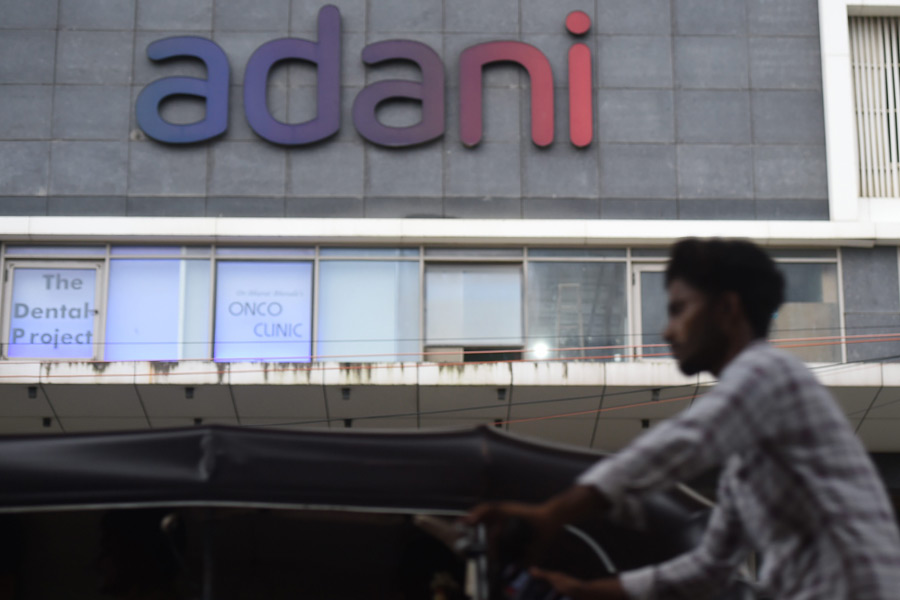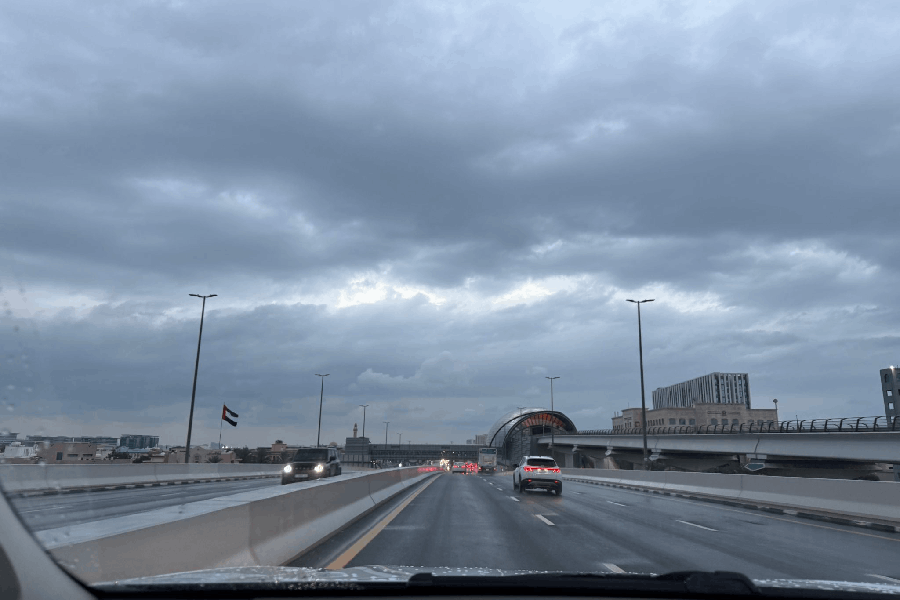
East Calcutta Wetlands, a significant part of which falls within Salt Lake and Rajarhat, needs to be assessed immediately to finalise its roadmap for survival, observed a panel of experts during a World Water Day programme on March 22 held at the auditorium of Institute of Public Health Engineers (IPHE) in CK Block.
“East Calcutta Wetlands plays a pivotal role in the survival of Calcutta, Salt Lake and surrounding areas. It is a fact that there has been large scale encroachment and other critical problems associated with the wetlands and we need to do a detailed scientific assessment to flesh out a sustainable roadmap for the wetlands including its biodiversity,” observed Kumarjyoti Nath, eminent community water supply expert and president of IPHE. Nath, who is a resident of CG Block, observed that “the wetlands, a unique global example, needs to be saved at any cost”.
Sugata Hazra, a professor of oceanographic studies in Jadavpur University, stressed the importance of sustaining and showcasing the wetlands globally. “This unique, urban and man-made wetlands is a global benchmark and we should be proud of it. Unfortunately few in the cities around are aware of its importance.”
Hazra pointed out three areas of concern which need to be looked into for paving its sustainability. “While the obvious first concern is the land-use change with encroachment happening, the second is the flowing of toxic inorganic waste water in the wetlands area originally meant to take organic sewage. The third is the government’s reported effort to encroach within the wetlands area for various projects, including a flyover, without much stakeholder consultation,” said Hazra.
Hazra pointed out that the second problem, often remaining out of scan, is critical as extremely toxic heavy metals from various industries has been seeping into the wetlands and also getting into the agricultural products and fishes generated in the area. “We have been finding considerable amount of heavy metals like cadmium, chromium, mercury and lead in sewage and also in marginal amounts in agricultural products. It has not reached alarming level yet but we need to be careful,” he added.
The concern was echoed by Arunabha Majumdar, former director of All India Institute of Hygiene and Public Health and currently a professor in the water resources department of Jadavpur University. “Though there is no doubt that the wetlands have been a great global example of versatile resource recovery, statutory bodies like the state pollution control board or the environment department need to be careful about the possible occupational and consumer safety issues linked with the wetlands,” said Majumder, a resident of AA Block. The scientist pointed out that many people remain exposed to toxic chemicals while working in pisciculture, agriculture or rag-picking in the area and there is also possibility of some of the toxic chemicals being absorbed by paddy, vegetables and fish grown in the area and reaching consumers.

Somenath Bhattacharya, another wetland expert, pointed out that the waste water fishery, the practice that has made the East Calcutta Wetlands famous, has been reduced by almost 50 per cent in the last 70 years (from 7,300 to 3,800 hectres) while the waste water gushed out from city has more than doubled (590 to about 1300 million litres per day) during the period.
Bhattacharya also pointed out that siltation within canals has become critical, particularly at the canal mouth from where the fishermen are used to siphoning waste water for fishery. “Fishermen are not getting the waste water that they need for fishery,” said Bhattacharya.
Dhrubojyoti Ghosh, the globally known expert on East Calcutta Wetlands, earlier had repeatedly complained to The Telegraph Salt Lake that Calcutta Municipal Corporation did not release enough waste water for the fishermen to utilise and tried to kill the globally acknowledged natural waste-to-wealth system by design.
Another urban expert pointed out in the meeting that East Calcutta Wetlands, a 125 sq km relatively thinly populated sprawling area adjacent to cities like Calcutta and Salt Lake, is under severe stress from realty promoters as well as various government departments and agencies like CMC, CMDA and Hidco.
“It’s like a low hanging fruit for encroachment despite judicial verdict and restrictions that come with international Ramsar listing. Unless the scientific community immediately makes a detailed assessment of its present problems, spell out prescription for its long term sustainability and highlight its importance to the sustenance of cities like Calcutta, Salt Lake and New Town, it will be difficult to save the pristine internationally acclaimed wetlands,” the experts pointed out.










